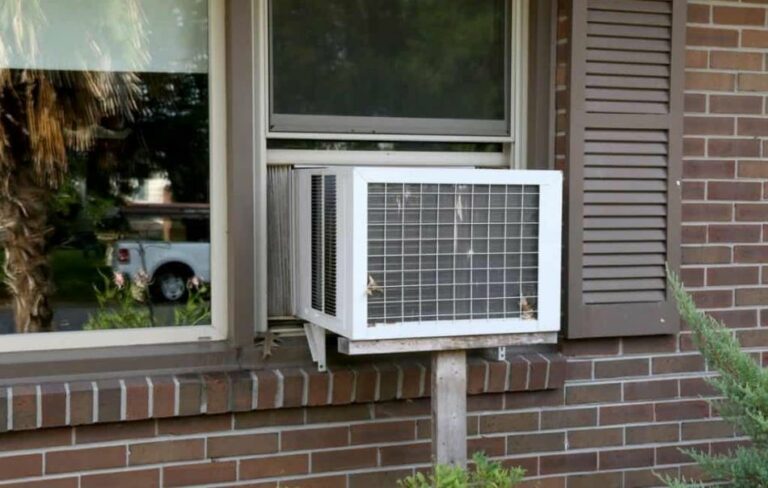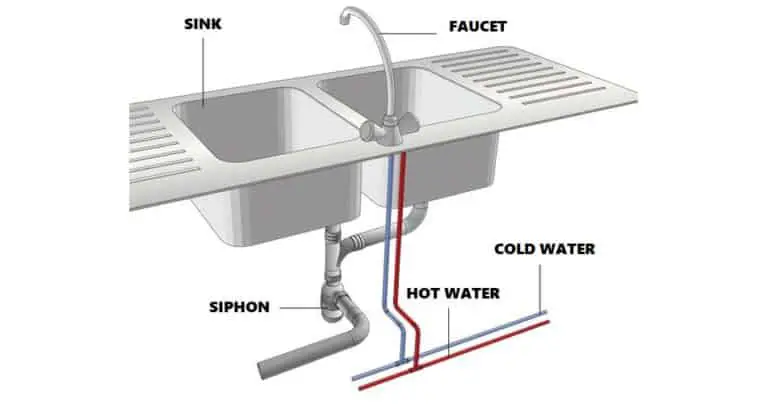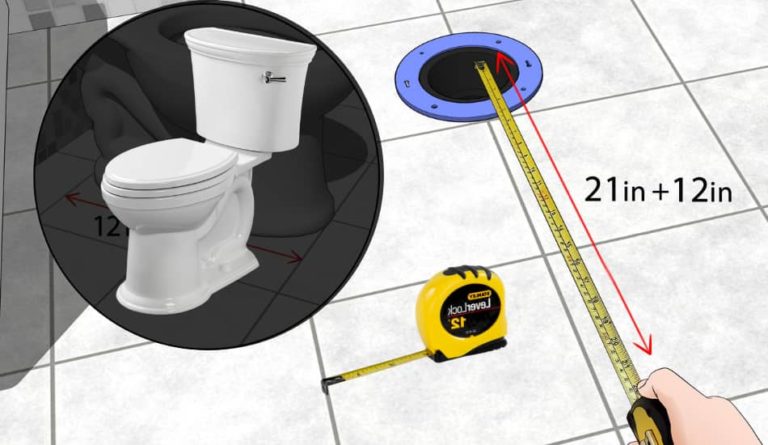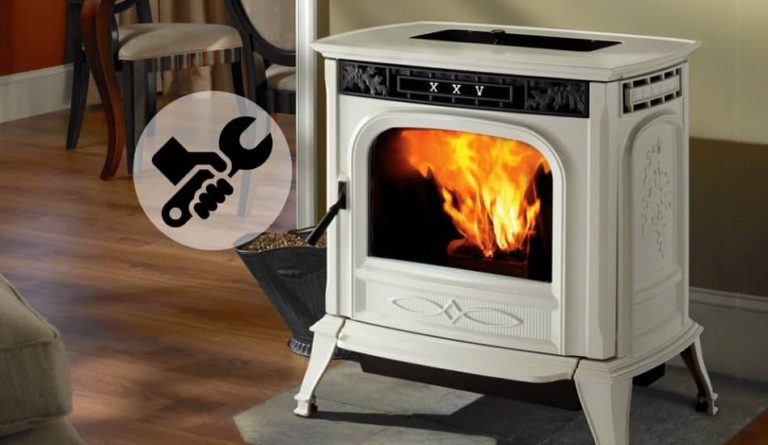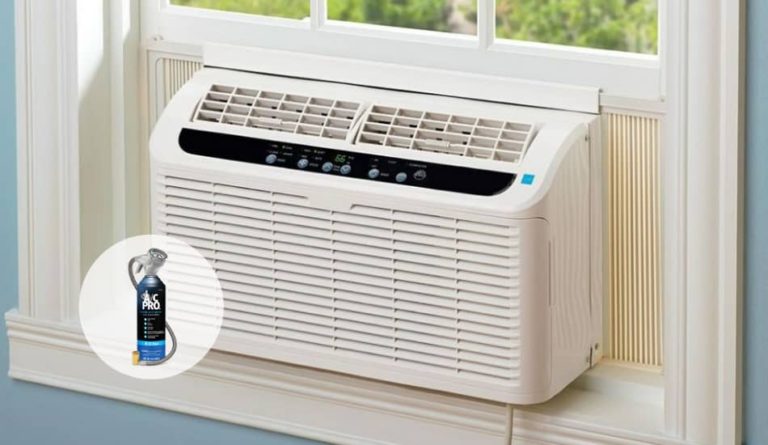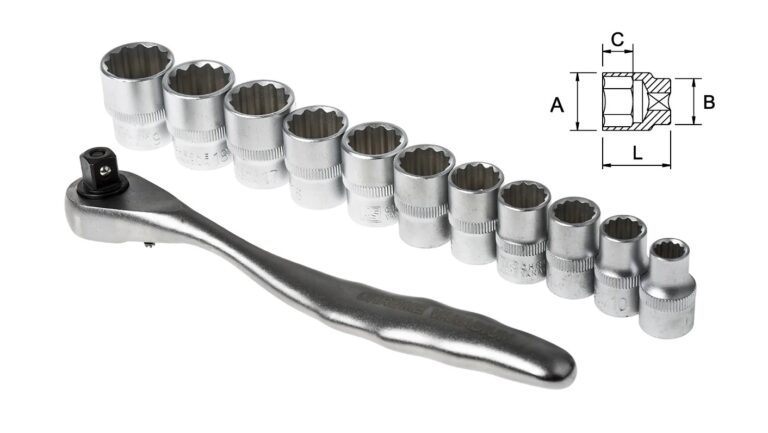How to Fix the Leak Under Bathroom Floor?
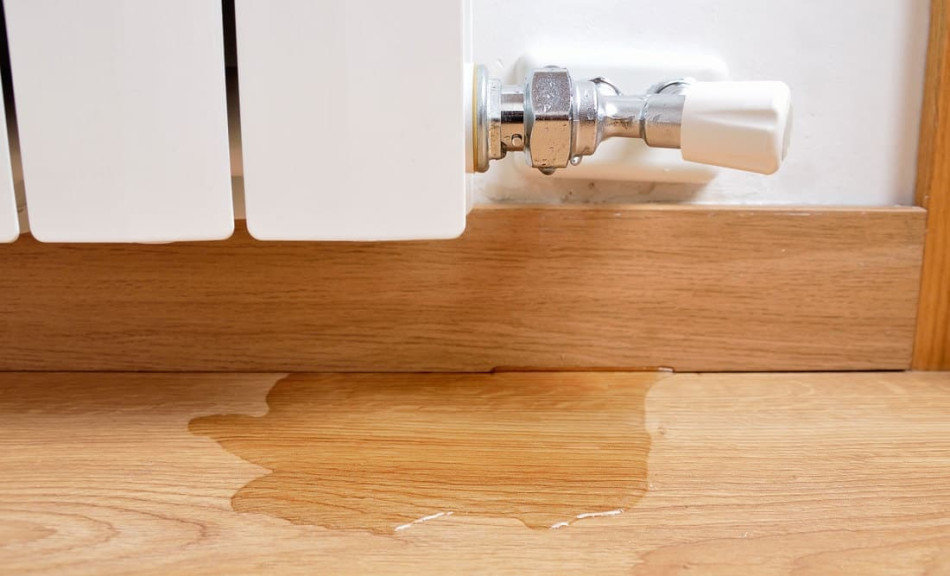
Having any type of leak in your bathroom can be unpleasant. That’s because they are hard to notice and because they can cause terrible consequences for almost any household member. Also, they can be really dangerous if they are not fixed in time. In this article, we’ll talk about how to check if you really do have a bathroom leak and how to fix it. So, let’s start!
Table of Contents
Why Are Bathroom Leaks Dangerous?
As most are aware, water and electricity do not mix well, and if you have a bathroom leak, it can be dangerous! You may be electrocuted if water comes in contact with an electrical outlet. If you think there is a chance of an electricity-water hazard, you should switch off the electricity from your bathroom.
If an electricity-water contact has happened already, DO NOT TOUCH anything but call a professional electrician. This is important because an average person with no additional electricity knowledge does not know how to handle these situations properly, which can cause even more damage and endanger themselves and others.
Other than the potential electrical hazard, water leaks can cause mold and mildew. Mold and mildew can seriously damage the amenities, drywall, and even flooring. No matter what type of floor you have, the water can ruin it over time. Some might think tiles are not influenced by water, but that’s a misconception.
The water gets between the tiles within the glue that is very strongly holding the tiles together. It’s the same for wooden floors. The wood can get stained by black residue if the water is gathered on it for a longer time. It can also lift the wooden floors and make them wavy to walk on. In these cases, there is usually no other option than completely replacing the flooring. That can be pricey.
The worst cases usually happen when the bathroom is positioned on the 2nd or higher floor. That’s because the water can ruin the floor’s sheetrock and very badly damage the floor to collapse completely. Then the damage spreads to other floors, making it even more costly.
How To Know If You Have a Bathroom Leak?
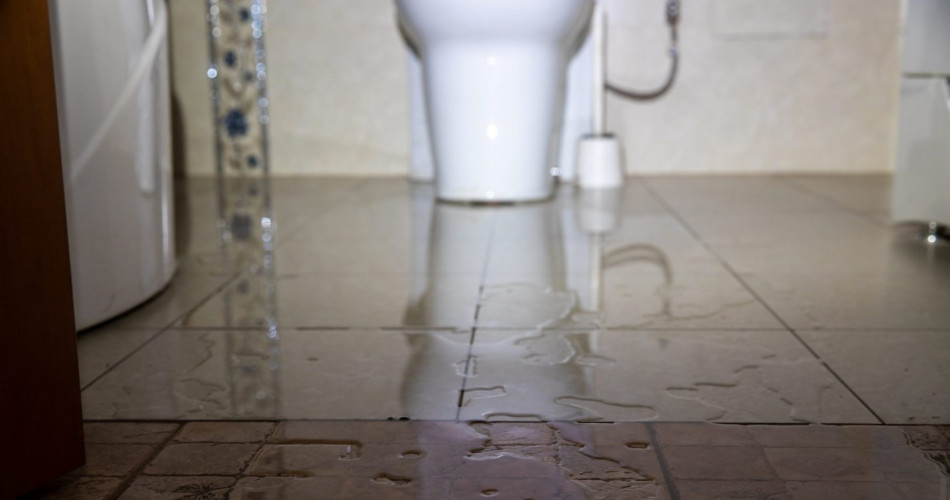
Bathroom leaks can sometimes be very hard to notice, especially if they are hidden. If your leak is obvious, you can easily fix it, but if it’s hidden, you must look for signs. Here are some of the signs to look for:
1. Mold
Mold appears more often than a person would think in the bathroom areas. That’s because mold develops best in humid conditions, and a bathroom is exactly that. If the mold is gathered in the crevices of your shower, that is usually not an indicator of bathroom leaks but just a sign that you should purchase an anti-mold detergent to dissolve it with. On the other hand, if the mold is located on the floors, ceilings, or cabinets, it’s usually a sign that you have got yourself an issue of stagnant water somewhere close by it.
2. Puddles
Puddles are self-explanatory. If you see puddles after a shower or bath, you most probably just splashed some water on your way in or out, but if you find puddles just randomly sitting in the bathroom, it’s probably an indicator of some leak. They are usually located between the shower base. The puddles can also turn into damp patches after drying, so keep a lookout for those as well.
3. Tiles Problem
Tiles are usually water resistant. However, they do show water damage when tiles are broken or cracked. The caulking itself is more fragile than any tile, so examining that should be your first step. Usually, caulking changes color and/or shape when damaged.
4. Bad Smell From Pipes
Pipes can produce unusual sounds when they are not working properly. For example, hissing is usually a sound of a crack in one of the pipes. Unusual smells usually indicate a leak has been present for a while, and it has now created mold. Mold usually gathers underneath the floors. If you notice a strange smell, do not buy air fresheners and open windows, but rather try to see where the smell is coming from and address the issue.
How To Find The Leak Under Your Bathroom Floor?
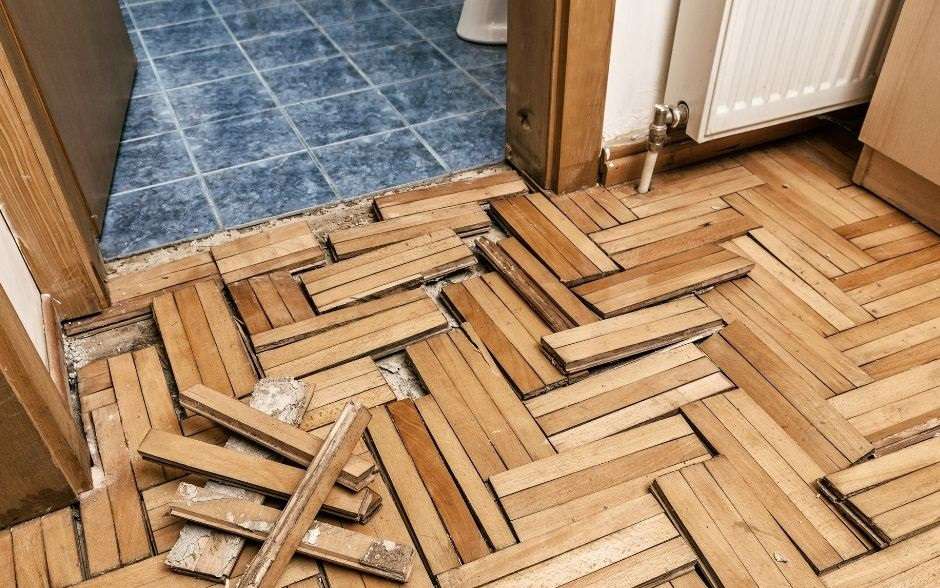
If you notice a leak under the bathroom floor, the first step is to find where exactly the leak is located. The gathered-up water can come from various places. Sometimes the placing isn’t obvious, which means you must look around the wet stains as well. That’s because water can drift off and end up in certain areas where the leak isn’t actually starting.
The leak usually comes from installations under the flooring, but it can also come from the ceiling. The ceiling leak usually looks like a wet puddle or, if it’s dry, a yellow/brownish stamp. It can also make the ceiling a bit wavier.
For those who want to learn more, be sure to read: Plumbing Vent Diagram: How to Properly Vent Your Pipes.
If you think that the water leak is coming from under the floor of the second-story bathroom, you should check the ceilings of the room downstairs that is positioned right under that bathroom and search for any leak signs. As previously mentioned, some of the signs are:
- Damaged ceiling
- Water stains
If you manage to see some water leak indication stains, they usually show where the leak is positioned. Usually right above the stain. It can come from a different place because water can travel, but that’s quite rare. To confirm the leak is coming from installations, check if wet stains or water are dripping underneath the ceiling or shower cabin within the plumbing.
If there isn’t any water residue, but you still think something sketchy is going on, listen closely to hear if there are any hissing sounds along the lines of the plumbing system. If there is, it’s usually a leaking pipe. If you do, the next step is to check the plumbing. If this is the case and your bathroom is close to the kitchen, check the kitchen as well for the same signals because those rooms often share the same water intake and disposal pipes.
Here are general places to check the functionality of plumbing in your house:
- sink
- ceiling pipes
- bathtub or shower
- drains
The process of checking the water meter is done like this:
- Check the water meter.
- After a few hours, do the check again.
- If the meter continues to show the same level, the leak is most probably a result of something. That means there is no issue with your plumbing, but someone in your household was just a bit clumsy. Good news! However, sometimes the meter will tell you that the water has been used when it’s been switched off for the last few hours, this almost certainly indicates a leak somewhere, most probably from under the flooring.
Also, be sure to check this article: How To Stop Brass Fittings From Leaking?
Reasons Why Bathroom Leaks Occur
Just like most damages within our homes, there are many reasons why a bathroom leak occurs. Here are some:
- If the installation of the toilet is done poorly by making imprecise measurements between the wall and toilet. This usually happens if people choose to do the installation by them self
- Old installations that deteriorated after time
- Poorly connected plumbing particles
- Low-quality materials used while connecting plumbing pipes
How to Fix The Bathroom Leak?
It can be difficult to repair water leakage under the bathroom floor. The first thing that you must do to fix the issue is to turn off the water supply to your house. That will effectively stop any further water from spilling up onto the floor this way. Unfortunately, this usually isn’t enough. Burst pipes are no laughing matter, and we recommend seeking professional help.
Though there are simple fixes for the pipes, most often, they aren’t permanent. If you avoid addressing the root cause, you may create a greater issue. That’s because the water, as we’ve already discussed, can wreak havoc in your home. It may also cause structural damage to your home. The only long-term option is to contact a good plumber and let him do the fixing.
The situation doesn’t have to be just like this one. For example, If the water is coming from an outside source, a different tactic can be used. If that is the case, turning off the water source doesn’t suffice since pipes aren’t the ones creating the issue. It’s usually a crack in the home exterior and badly sealed foundations, especially on floors leading to leaks. The best short-term solution is to try to fix those holes or plug them in temporarily. Afterward, it’s best to call a professional plumber to deal further with the issue.
Some choose to seal those cracks with cement and avoid professional help, but we must warn you there is no guarantee that this is a long-lasting solution. This is especially tricky because its hard to be 100% sure you sealed all the cracks under the visible ones as well.
Call A Professional Plumber
Yes, plumbers do fix bathroom leaks. Plumbers are trained to spot important signs which indicate what fixing method is best for the given situation. Even though it’s less expensive to try to fix leaking with at-home ideas and hacks, plumbers are trained to do so and have the right equipment and materials. That’s why we recommend calling a plumber and having peace of mind that everything repaired is sturdy and will last a long time.
Final Thoughts
Bathroom leaks are not uncommon. They happen for various reasons. From the most usual ones to the more complex ones. Because they are hard to notice, they tend to go unnoticed and create bigger issues over time. Gathered-up water can cause big damage to a home in all sorts of ways. I hope that this article has helped you, and for any additional questions, feel free to leave a comment below.


